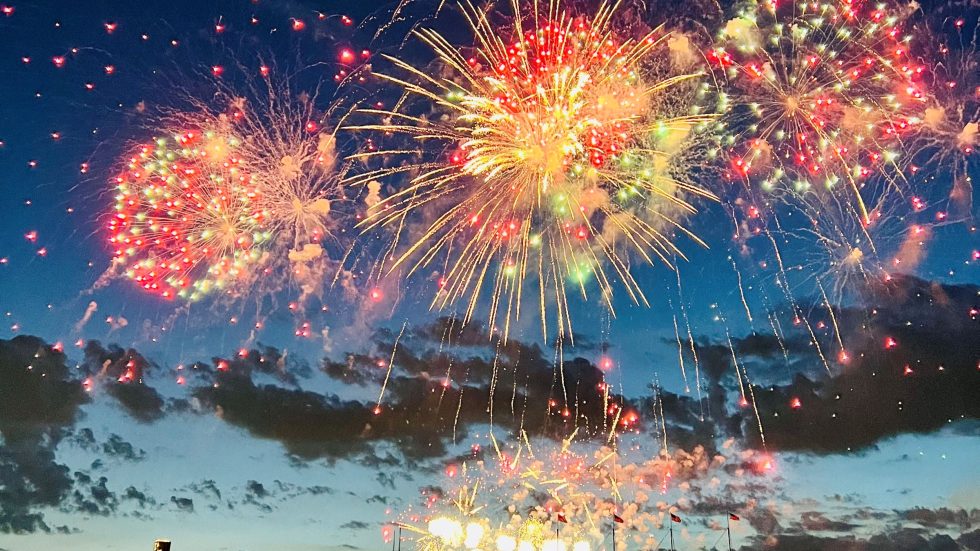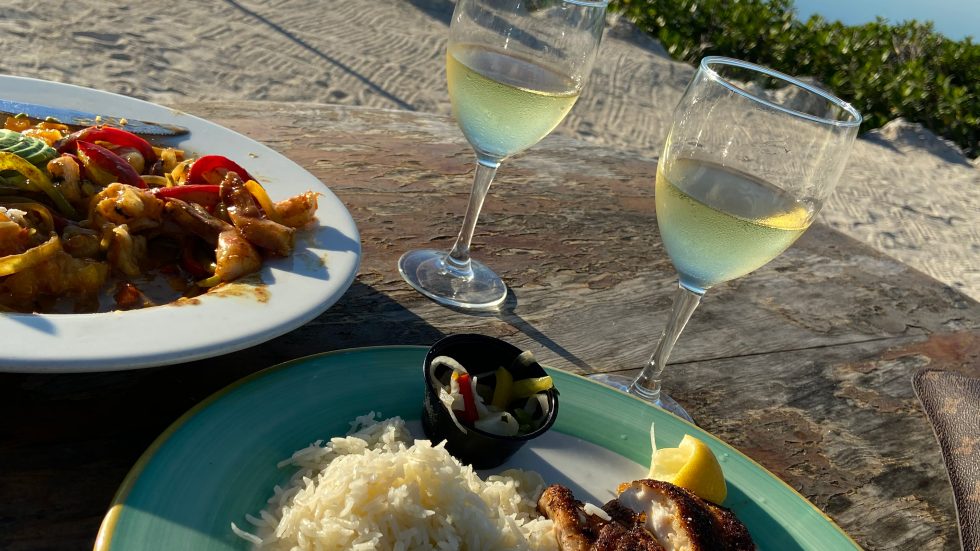I was exposed to long-distance river cruising for the first time a decade ago this summer. The majority of my expedition was made on Heartland rivers, including the Ohio, Mississippi and Missouri, and it was along these waterways that I received a historic perspective as well as a hands-on clinic on boating in current.
I learned early in the trip that moving water’s capacity for carrying and depositing silt results in regularly fluctuating bottom contours, making depth in rivers much less predictable. Still, a few characteristics provide some constants that can be counted on — most of the time. For example, the deepest part of a river’s channel is usually on the outside edge of a bend. That’s also where the current is usually fastest. The deepest, quickest current in the straight sections of rivers is usually near the center, which is why boats moving upstream normally stay to the side and craft going downstream crowd the middle.
Flows that can suspend everything from sand to stately sycamores not only create bogeys below the surface but carry floating threats to boaters. Like me, most boaters more familiar with lakes remark on the sheer amount of debris on, in and under the water that they have to dodge. This is especially true in the spring, or after periods of high water, when flotsam is wrenched or washed off of shores and rides the current seaward.
Based on the amount of debris present, it’s wise to proceed at a slower pace on rivers, giving yourself time to see and avoid obstacles that may be partially submerged. For the same reason, many river boaters limit their cruising to daylight hours.
Navigational markers, bouys and other fixed obstacles present an elevated threat to boaters on rivers because the current around them can be unpredictable and can provide the power for a violent collision even when a boat is not making way. A stalled motor or dragging anchor upstream of a bridge abutment, dam or rapids is a much more urgent matter than a similar event unfolding on an inland impoundment.
Factoring the Flow
The flow itself is an obstacle to boaters who don’t consider the water’s influence on their progress — in any direction. For example, pulling up to a dock or lining up for a try at the trailer aboard a boat in running water is different than attempting the task from slack water. You need to consider the current’s influence on any move you make and then compensate for it with the throttle, the wheel or both. To get familiar with the nuances of boat handling in current, you should practice basic moves such as approaching docks and ramps, backing and turning from both downstream and upstream directions in open areas and under controlled circumstances, so that you know how to react when the time comes to maneuver for real.
The influences of current affect boat speed and fuel consumption, too. A 10-mile run upriver will take more time and burn more fuel than a trip covering the same distance of water on a lake. By the same token, downstream runs with the current will be faster and more fuel-efficient, with the differences in both directions determined by the amount of current encountered. If you base your boat’s fuel consumption on figures factored on an inland lake and use them as your benchmark for an upstream destination, you may find yourself short of both gas and goal.
River Traffic
Many rivers are considered “fluid freeways” by those who move freight. Because of their size and limited maneuverability, tugs, barges and other commercial craft have the right of way, and recreational boaters have to give way to these gentle-appearing giants. I use the word “appearing” because the wake generated by a slow-moving tow pushing a raft of barges covering several acres of water surface can be considerable. Not only that, but such tows can require a half-mile length of river to come to a stop, a serious stretch of water that’s best avoided by small craft!
Consider these differences as challenges rather than obstacles standing between you and an enjoyable day afloat, for every challenge facing river boaters is buffered by the prospect of views, experiences and adventures that can only be found along the shores of moving water.




